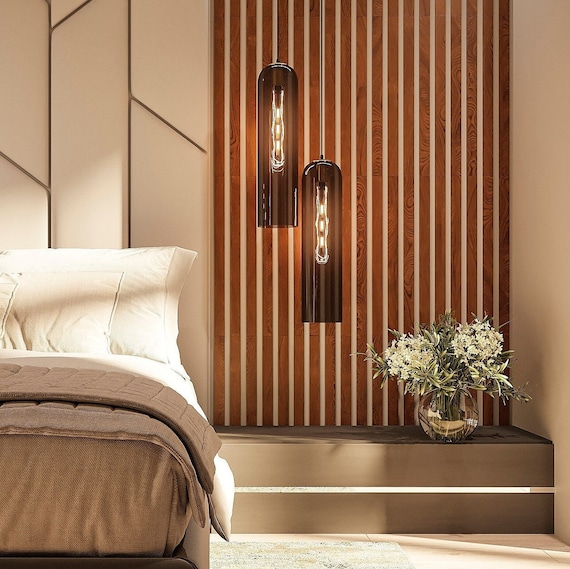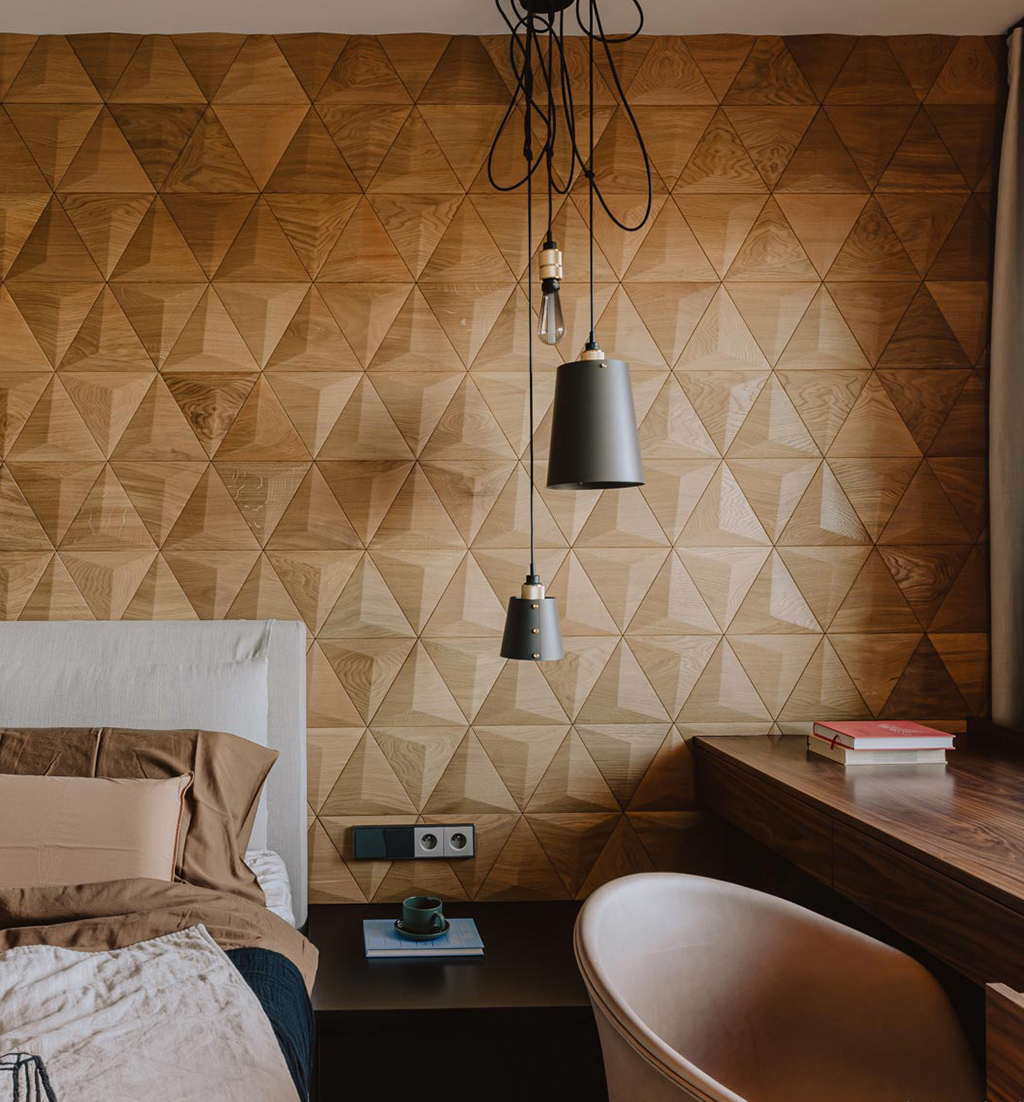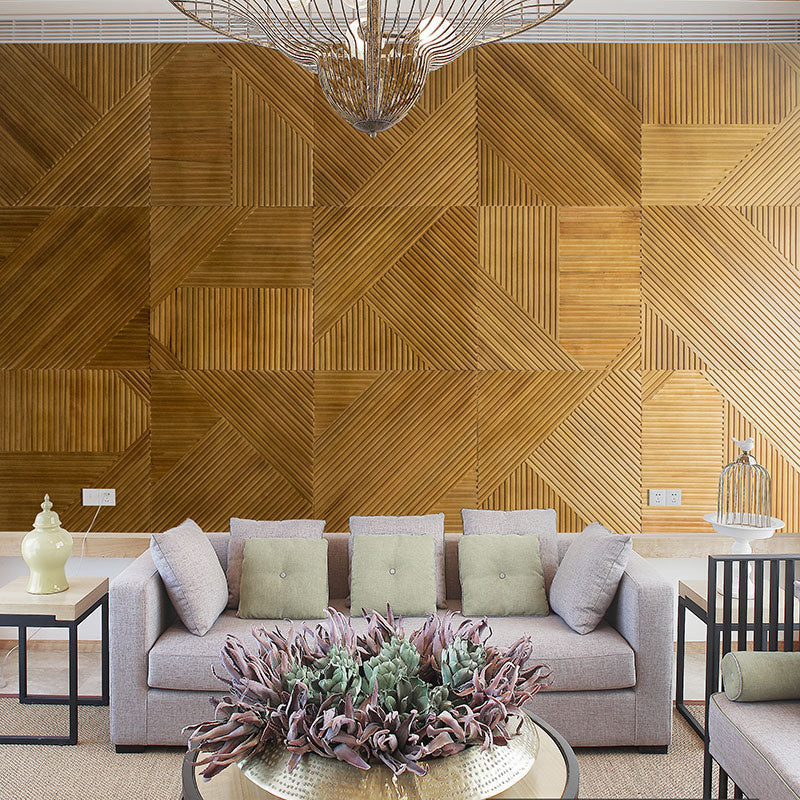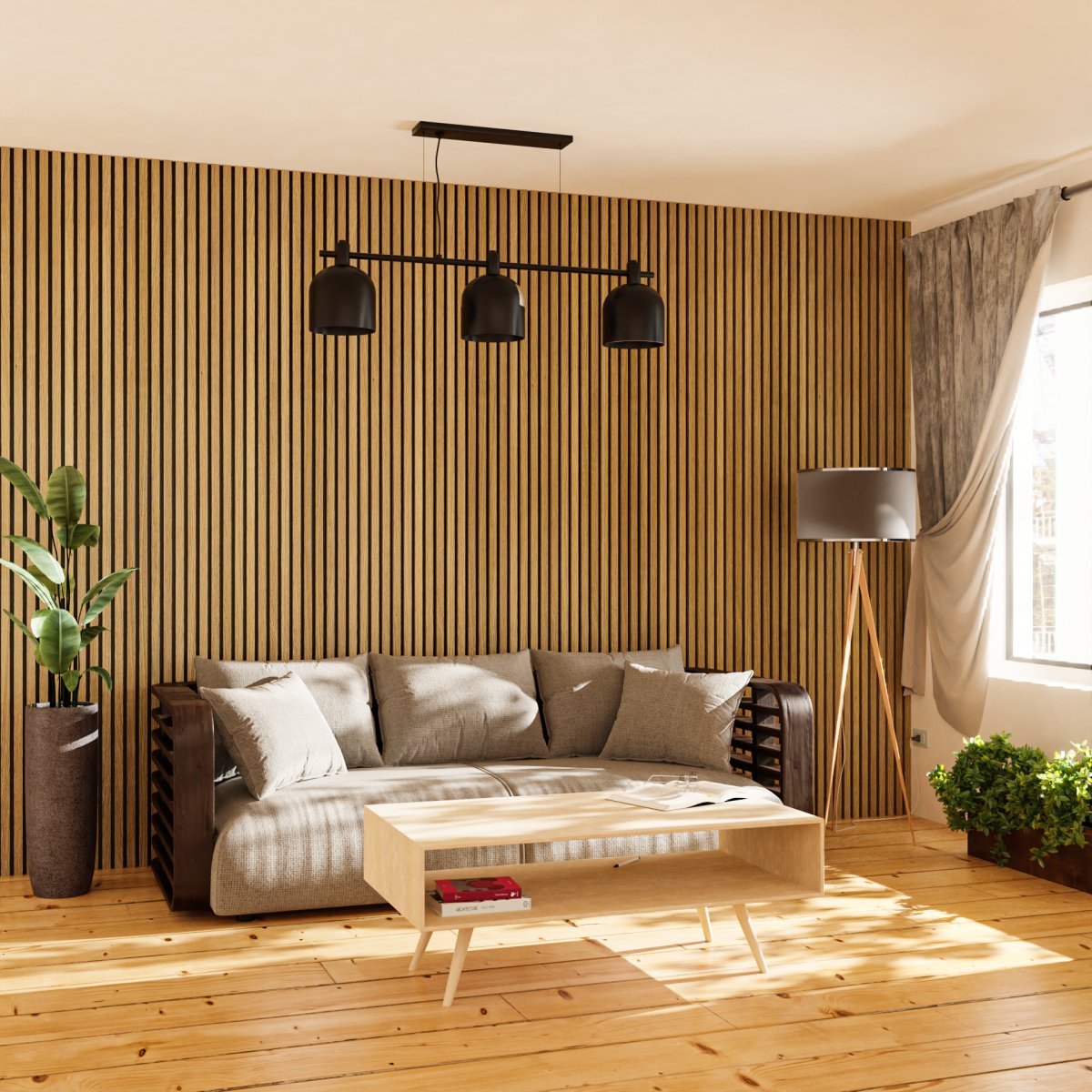Wooden decorative panels can offer a significant aesthetic upgrade to any space. Whether you’re looking to revamp your living room, office, or outdoor area, these panels are versatile, stylish, and full of character. With my personal experience in interior design and a passion for natural materials, I’ve gathered insights to help you make the best choices for your environment. In this comprehensive guide, we’ll explore everything you need to know about wooden decorative panels, including types, applications, benefits, and much more!
What Are Wooden Decorative Panels?
Wooden decorative panels are thin sheets or sections of wood used to enhance the visual appeal of walls, ceilings, and furniture. They come in various designs, finishes, and sizes, making them suitable for various applications, from classic to contemporary styles.
Why Choose Wooden Decorative Panels?
Choosing wooden decorative panels comes with numerous benefits:
- Aesthetic Appeal: Wood adds warmth and a natural element to any space.
- Versatility: Available in various styles and finishes, they can blend with numerous interior themes.
- Durability: Quality wood panels are long-lasting and maintain their appeal over time.
- Eco-Friendly: If sourced responsibly, wood is a sustainable option for your home decor.
Types of Wooden Decorative Panels
There are several types of wooden decorative panels, each with unique properties and applications. Let’s dive deeper into the most common types:
1. Plywood Panels
Plywood is made from layers of thin wood veneers glued together. It’s lightweight yet strong, making it a popular choice for wall paneling and furniture.

2. MDF Panels
MDF (Medium Density Fiberboard) is engineered wood made from wood fibers and adhesives. It offers a smooth finish that is perfect for painting and detailed carvings.
3. Solid Wood Panels
Solid wood panels are made from a single piece of timber. They are known for their durability and natural beauty but can be more expensive than engineered options.

4. Veneer Panels
Veneer panels consist of a thin layer of real wood glued onto a core (often MDF or particleboard), providing the aesthetic of solid wood at a lower cost.
5. Reclaimed Wood Panels
Reclaimed wood panels are sourced from old buildings and structures, giving them a rustic charm and helping to recycle materials.

Choosing the Right Type for Your Project
When selecting wooden decorative panels, consider the following factors:
1. Purpose and Location
Determine where the panels will be installed—living room, bathroom, or outdoors. This will help in choosing the right material based on durability and moisture resistance.

2. Aesthetic Preferences
Are you leaning towards a rustic, modern, or traditional look? Different types of wood and finishes can dramatically change the ambiance.
3. Budget Constraints
Solid wood is often pricier than MDF or veneer options. Know your budget before making a choice.

Comparing Types of Wooden Decorative Panels
| Type | Durability | Cost | Maintenance | Aesthetics |
|---|---|---|---|---|
| Plywood | Medium | Low | Low | Varied |
| MDF | Low | Low | Medium | Smooth |
| Solid Wood | High | High | Medium | Natural |
| Veneer | Medium | Medium | Low | Elegant |
| Reclaimed Wood | Medium | Medium to High | High | Rustic |
Applications of Wooden Decorative Panels
Wooden decorative panels can be applied in many areas of your home or workspace. Here are some popular applications:

1. Wall Paneling
One of the most common uses, wall paneling can turn a plain wall into a stunning focal point.
2. Ceiling Treatments
Wooden panels can dramatically enhance the look of ceilings, adding depth and character.
3. Furniture Accents
Adding wooden panels to furniture pieces like cabinets or tables can provide a unique touch and enhance the overall decor.
4. Outdoor Applications
Wooden panels can also be used in outdoor settings, such as on decks or patios, to create inviting spaces.
Personal Experience: My Journey with Wooden Decorative Panels
When I decided to renovate my living room, I found myself overwhelmed with choices. After some research and personal experience, I narrowed down my options to wooden decorative panels. I opted for reclaimed wood panels, which not only added a rustic charm but also eco-friendly value to my home.
The Transformation
After installation, the transformation was remarkable. The warm tones of the wood created a welcoming ambiance, and my guests often compliment the unique character of the walls. The best part? It was a sustainable choice that aligned with my values.
Tips for Successful Installation
- Preparation: Ensure the wall surface is clean and dry before installation.
- Layout Planning: Plan your layout to avoid unnecessary cuts and waste.
- Use Proper Adhesives: Select adhesives suited for the type of panel you are using.
Benefits of Wooden Decorative Panels
In addition to aesthetics, wooden decorative panels offer numerous advantages:
1. Insulation
Wood has natural insulating properties that can help manage indoor temperatures and sound absorption.
2. Easy Maintenance
Wooden panels require minimal upkeep—just occasional dusting and polishing to maintain their luster.
3. Increased Property Value
High-quality wooden features can enhance the overall value of your home, making it an attractive selling point for future buyers.
Pros and Cons of Wooden Decorative Panels
Pros
- Natural beauty
- Versatile design options
- Positive impact on indoor air quality
Cons
- Can be expensive (especially solid wood)
- Requires maintenance to prevent warping or damage
- Less moisture-resistant compared to some alternative materials
Frequently Asked Questions (FAQs)
What are the most popular finishes for wooden decorative panels?
The most popular finishes include natural oils, stains, and paints. Each finish brings out different characteristics of the wood.
Can wooden decorative panels be painted?
Yes, wooden panels can be painted. MDF, in particular, is known for its smooth surface, allowing for a flawless paint job.
Are wooden decorative panels suitable for bathrooms?
While some wood types are more moisture-resistant than others, it’s advisable to use treated or specifically designed panels for humid environments.
How do I care for my wooden decorative panels?
Regular dusting with a dry cloth and occasional polishing with wood-safe products will help maintain their appearance.
Are wooden decorative panels eco-friendly?
If sourced sustainably, wooden decorative panels can be an eco-friendly option, especially reclaimed wood.
Conclusion
Wooden decorative panels are an excellent choice for anyone looking to enhance their space with a touch of natural beauty. With their vast range of styles, materials, and applications, they offer endless possibilities for personal expression and design versatility. From my own experiences, I can say that investing in wooden decorative panels not only elevates your home’s aesthetic but also contributes to a warmer, more inviting atmosphere.
Embrace the elegance of wooden decorative panels and start your journey towards a beautifully transformed space today!